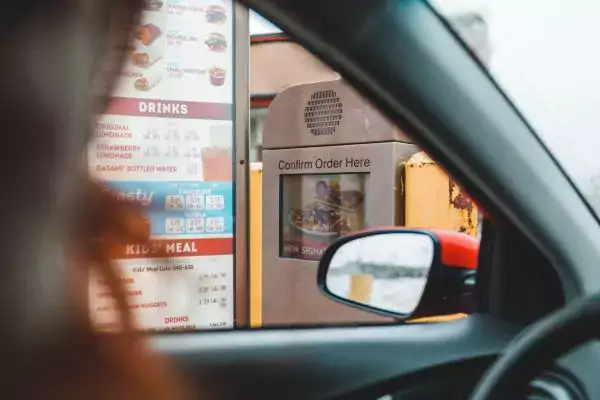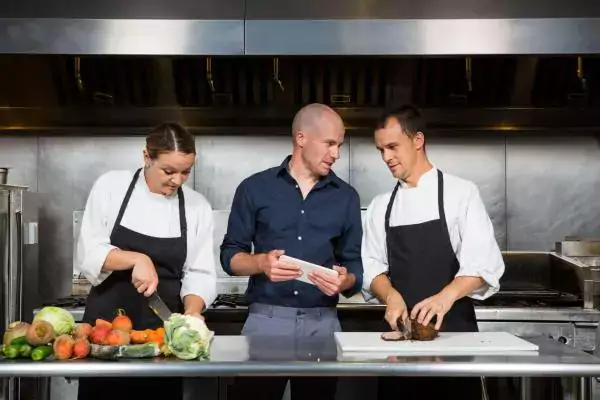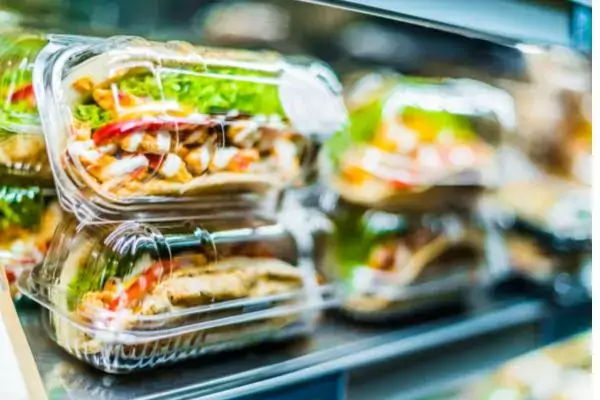Starbucks recently announced that it would donate 100% of unsold food that’s still safe to consume to help feed the hungry. With 7,600 Starbucks stores set to participate, coordinating this effort was going to require a well-planned system.
To properly develop a way to safely donate fresh food, Starbucks has been investing in research and quality assurance testing. Starbucks has named the program FoodShare, and will rely on an existing collaboration with Food Donation Connection and a new partnership with Feeding America. The program will focus on the donation of ready-to-eat meals. Food Donation Connection will pick up the food from Starbucks locations in refrigerated vans and deliver it to Feeding America for distribution to food banks.
According to Starbucks, the program had to be piloted because they had to make sure fresh items would remain cold enough to ensure their safety for consumption. Compliance is key. The temperature, texture, and flavor of the surplus food were all taken into account, a brand manager on the Starbucks Food team told USA Today.
The fact that a Starbucks brand manager commented is interesting. No matter how noble the deed, a donation to charity must be treated similarly to a marketing program rollout. The reason is simple: Your brand’s good name is attached to it.
In the first year alone, Starbucks FoodShare will be able to provide 5 million meals to individuals and families in need. Starbucks plans to scale this program over the next five years, eventually “rescuing” 100% of its food available for donation from participating company-operated stores. The effort could amount to 50 million meals by 2021.
Looking at Starbucks’ press release, I noticed the word “rescue.” That’s a term tied to Feeding America, and it’s actually more powerful than the word “donate” when describing this program. “Donate” connotes something was unneeded or unwanted. “Rescue” connotes that it was both valued and wanted. Again, the word choice is very much tied to branding.
In the future, Starbucks is hoping to expand its program and offer the service of its refrigerated vans to other restaurants. Considering 70 billion pounds of food is wasted in America each year, according to Feed America, Starbucks is hoping other businesses join the effort.
The Takeaway
The simple, underlying fact is that throwing out unsold food is easier than developing the process to donate or rescue it. That process is going to cost time and money. But a company has to ask itself this question: Do the benefits outweigh the cost? Starbucks has positioned itself as the market leader in this effort because it invested the time and resources into developing a system that’s measurable. As a values-oriented company, Starbucks wouldn’t settle for less. In fact, if you visit the homepage of their website “Responsibility” is the tab next to “Coffeehouse.” “We make sure everything we do is through the lens of humanity—from our commitment to the highest quality in the world, to the way we engage with our customers and communities to do business responsibly,” Starbucks writes under Company Information. Starbucks is certainly not the first to come up with this food bank idea. However, they’re the first major foodservice chain to develop a program as comprehensive as FoodShare. There are other brands in the foodservice industry that haven’t lived up to lofty promises to donate unsold food—or maybe they have but they don’t have a means of sharing that information. These brands should re-evaluate their presence in the communities they serve. They must keep in mind that actions speak louder than words, and through the lens of marketing, actions can be more influential when you have a means of sharing their progress.Subscribe to our blog
You are now subscribed!


